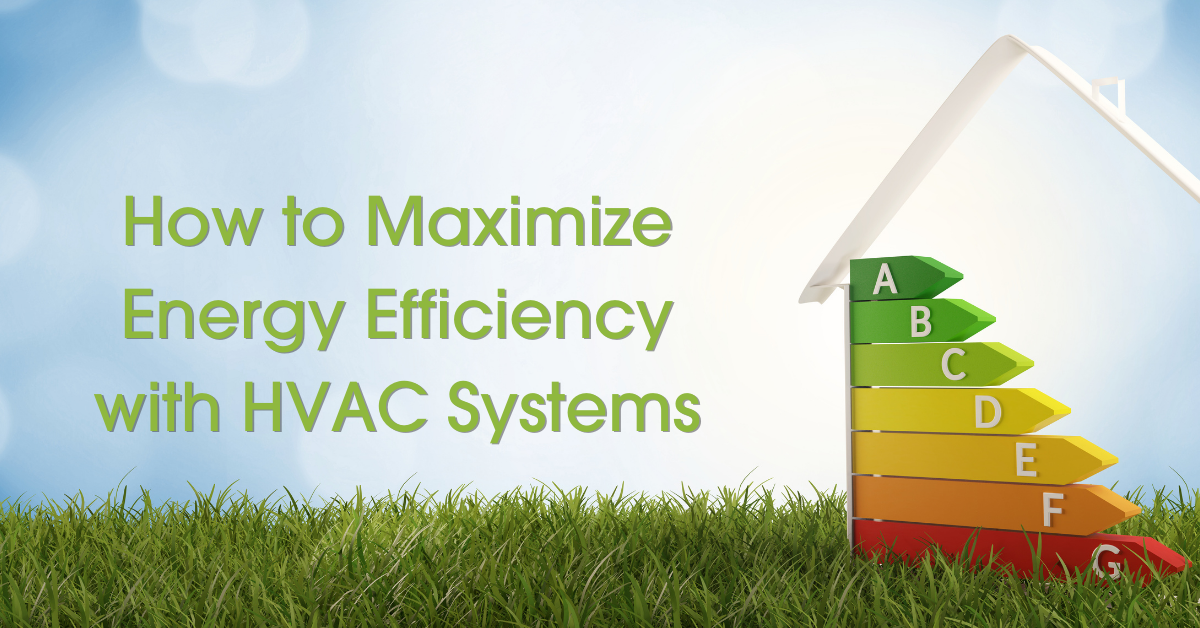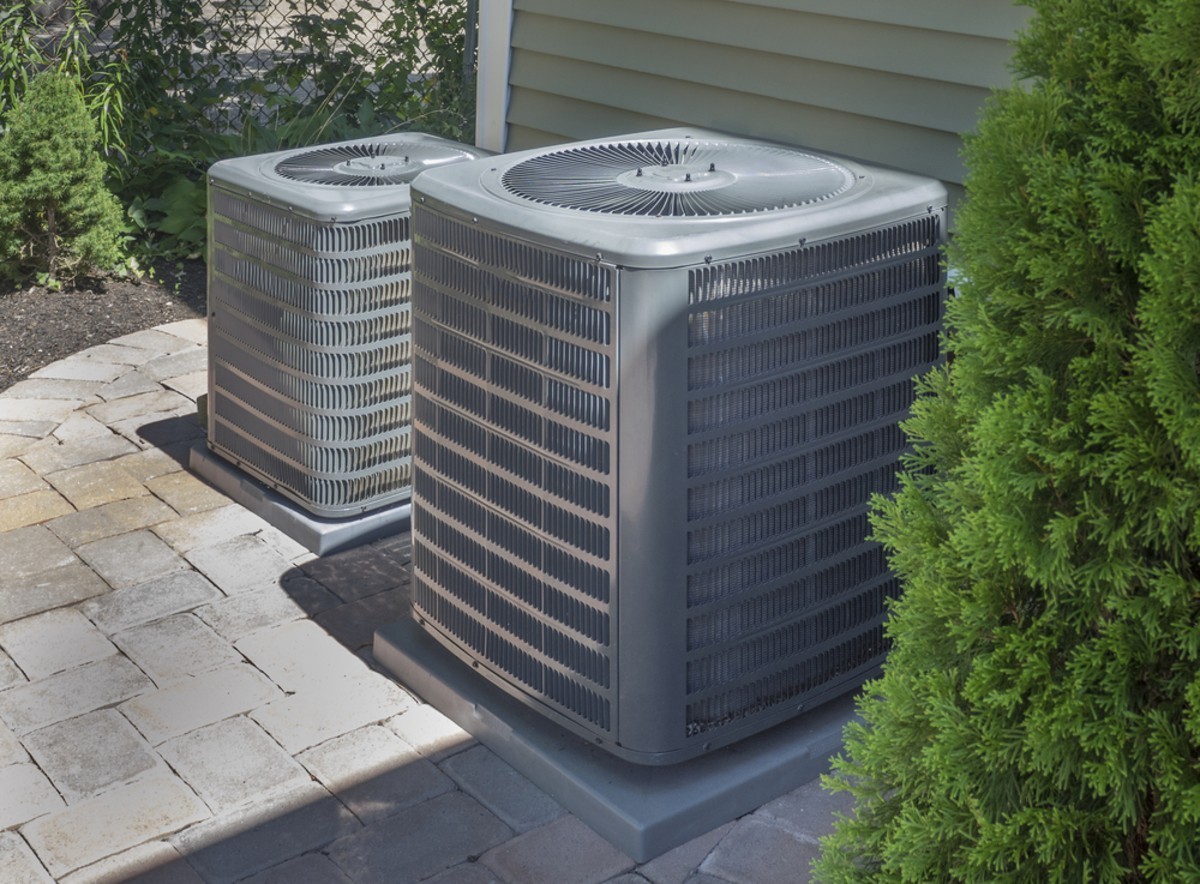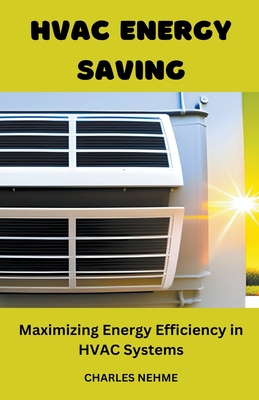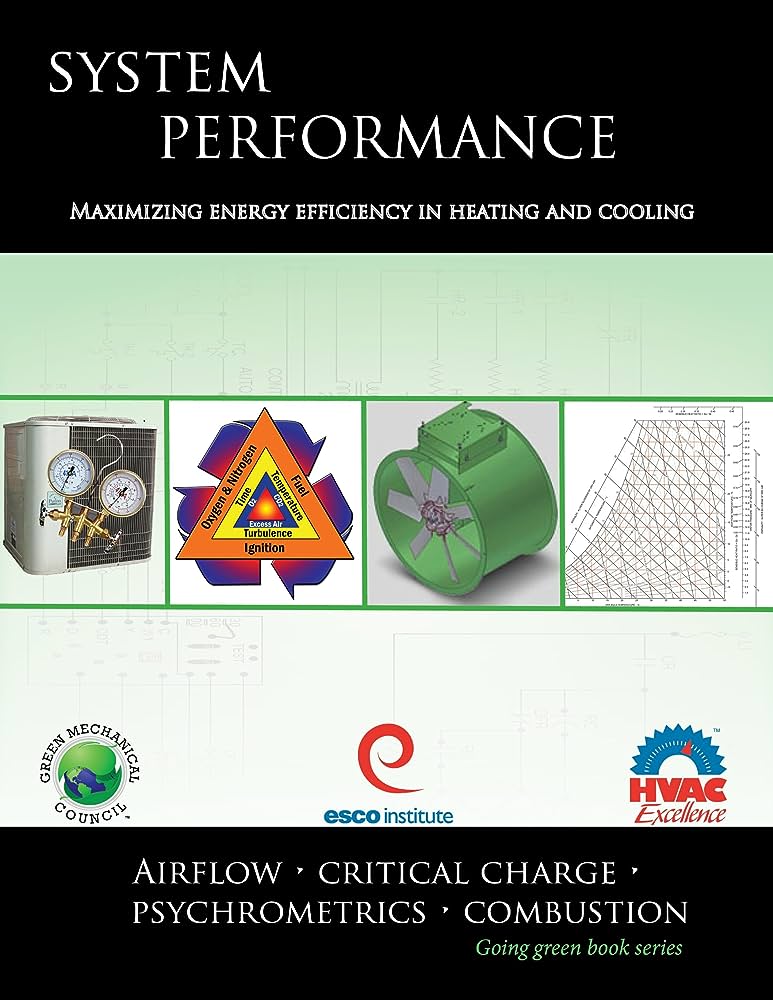In this article, we will explore the topic of maximizing energy efficiency in HVAC systems. As we all know, heating, ventilation, and air conditioning systems play a crucial role in keeping our homes and buildings comfortable. However, they can also consume a significant amount of energy, leading to higher utility bills and environmental impact. By implementing certain practices and technologies, we can optimize the energy efficiency of HVAC systems, saving both money and resources. So, whether you’re a homeowner looking to cut down on your energy expenses or a building manager aiming to create a more sustainable environment, this article will provide valuable insights and practical tips. Let’s get started!
Maximizing Energy Efficiency in HVAC Systems
1. Importance of Energy Efficiency in HVAC Systems
Energy efficiency is crucial when it comes to HVAC systems, as it offers a multitude of benefits. By maximizing energy efficiency, you can reduce energy consumption and lower costs significantly. This not only helps you save money but also conserves valuable resources.
Moreover, focusing on energy efficiency is essential for minimizing the environmental impact of HVAC systems. By reducing energy consumption, you can decrease greenhouse gas emissions and contribute to a healthier planet.
Another advantage of prioritizing energy efficiency is improving the overall performance of your HVAC system. When the system operates efficiently, it can provide optimal comfort, maintain consistent temperatures, and ensure better air quality in your living or working spaces.
2. Choosing a High-Efficiency HVAC System
When it comes to maximizing energy efficiency, selecting the right HVAC system is crucial. Here are some factors to consider:
Understanding SEER ratings
SEER (Seasonal Energy Efficiency Ratio) ratings indicate the efficiency of air conditioners or heat pumps. Higher SEER ratings mean greater energy efficiency. It is recommended to choose units with higher SEER ratings to save energy and reduce costs in the long run.
Opting for ENERGY STAR certified units
ENERGY STAR is a program that identifies and certifies energy-efficient products. When choosing an HVAC system, look for the ENERGY STAR label, as it indicates that the unit meets or exceeds energy efficiency guidelines set by the Environmental Protection Agency (EPA).
Considering variable-speed technology
Variable-speed HVAC systems adjust their performance based on the specific heating or cooling needs at any given time. This technology allows the system to operate more efficiently and provide better indoor comfort.
Selecting the right size for your space
Proper sizing is crucial for maximizing energy efficiency. Oversized units may lead to short cycling and unnecessary energy consumption, while undersized units may struggle to meet the heating or cooling demands of your space. Consult an HVAC professional to determine the appropriate size for your system.

This image is property of miro.medium.com.
3. Implementing Proper System Design and Installation
Aside from selecting a high-efficiency HVAC system, proper system design and installation are key to optimizing energy efficiency. Consider the following factors:
Ensuring proper system sizing
As mentioned earlier, correctly sizing your HVAC system is essential. An HVAC professional can conduct a thorough assessment of your space to determine the appropriate size, taking into account factors such as square footage, insulation, and occupancy.
Sealing and insulating ductwork
Leaky ductwork can lead to significant energy waste. Ensure that your ducts are properly sealed and insulated to minimize air leakage and maximize energy efficiency. Sealing ducts can also improve indoor air quality by preventing the entry of dust, allergens, and pollutants.
Optimizing air distribution
Properly balanced air distribution ensures that every room receives the desired airflow. Improper airflow can result in uneven heating or cooling, leading to discomfort and wasted energy. Consult an HVAC professional to optimize your system’s air distribution.
Correct refrigerant charging and airflow
Optimal refrigerant charging and airflow are critical for energy efficiency. Improper refrigerant levels or restricted airflow can reduce system performance and increase energy consumption. Regular maintenance and professional checks can ensure that refrigerant charge and airflow are within the recommended parameters.
4. Regular Maintenance for Energy Efficiency
Regular maintenance plays a vital role in maximizing energy efficiency and extending the lifespan of your HVAC system. Here are some maintenance tasks to prioritize:
Cleaning or replacing air filters
Dirty or clogged air filters restrict airflow and force the system to work harder, resulting in increased energy consumption. Clean or replace air filters regularly to maintain optimal airflow and energy efficiency.
Inspecting and cleaning coils
Evaporator coils and condenser coils can accumulate dirt, dust, and debris over time, hindering heat transfer and reducing system efficiency. Regular inspections and cleaning of coils can help ensure optimal efficiency and performance.
Checking and calibrating thermostats
Thermostats regulate the temperature in your space, so it’s crucial to ensure accurate readings. Periodically check and calibrate thermostats to prevent energy waste caused by incorrect temperature measurements.
Lubricating moving parts
Moving parts in your HVAC system, such as motors and fans, require proper lubrication to operate smoothly and efficiently. Regularly lubricate these components to reduce friction and minimize energy consumption.
Inspecting electrical connections
Faulty electrical connections can lead to system malfunctions and energy waste. Regularly inspect electrical connections to identify any loose or damaged wires and ensure safe and efficient operation.

This image is property of www.construction21.org.
5. Utilizing Programmable and Smart Thermostats
Programmable and smart thermostats offer advanced features that contribute to energy efficiency. Consider the following benefits:
Setting energy-saving schedules
Programmable thermostats allow you to create customized schedules based on your daily routines. By automatically adjusting the temperature settings when you’re away or asleep, you can save energy and reduce costs without sacrificing comfort.
Remote access and control features
Smart thermostats offer remote access and control capabilities, allowing you to adjust settings even when you’re not at home. This feature enables you to optimize energy usage based on changing weather conditions or unexpected schedule changes.
Learning and adaptive capabilities
Some smart thermostats have learning capabilities that adapt to your preferences and behaviors over time. These devices can automatically adjust temperature settings based on your comfort preferences and occupancy patterns, optimizing energy efficiency without requiring manual adjustments.
6. Enhancing Energy Efficiency with Zoning Systems
Zoning systems divide your space into different zones, allowing for individual temperature control in each area. This approach offers several energy-saving benefits:
Dividing your space into zones
Zoning systems enable you to divide your home or building into separate zones, such as different floors or specific rooms. This allows for customized temperature settings and prevents unnecessary heating or cooling in unoccupied areas.
Individual temperature control
With zoning systems, occupants can control the temperature in their respective zones independently. This eliminates the need to heat or cool the entire space when only certain areas require conditioning, resulting in significant energy savings.
Reducing energy waste in unoccupied areas
By zoning your space, you can avoid wasting energy in unoccupied areas. For instance, during the day, you can focus on cooling or heating the zones where people are present, while leaving unoccupied zones at a more energy-efficient temperature.

This image is property of images.booksense.com.
7. Exploring Energy Recovery Ventilators (ERV)
Energy Recovery Ventilators (ERVs) are innovative systems that balance indoor air quality and energy efficiency. Consider the following advantages:
Balancing indoor air quality and energy efficiency
ERVs bring in fresh outdoor air while simultaneously removing stale indoor air. They recover energy from the outgoing air and transfer it to the incoming air, reducing the load on the HVAC system and improving energy efficiency without compromising indoor air quality.
Heat and moisture recovery
ERVs recover not only heat but also moisture from the outgoing air. In climates with high humidity, this feature can help reduce the load on the air conditioning system, resulting in energy savings.
Reducing cooling and heating loads
By pre-conditioning the incoming outdoor air, ERVs reduce the cooling or heating load required to achieve the desired indoor temperature. This translates to reduced energy consumption and lower utility costs.
8. Optimizing Fan and Motor Efficiency
Fans and motors play a crucial role in HVAC systems. Here’s how you can optimize their efficiency:
Choosing high-efficiency fan motors
When selecting fans and motors for your HVAC system, opt for high-efficiency models. These motors consume less energy while delivering the same level of performance, contributing to overall energy efficiency.
Regularly cleaning and maintaining fans
Dust and debris can accumulate on fan blades over time, obstructing airflow and reducing system efficiency. Regularly clean and maintain fans to ensure optimal performance and energy efficiency.
Adjusting fan speed settings
Adjusting fan speed based on the specific heating or cooling requirements of your space can optimize energy efficiency. Variable-speed motors allow the system to modulate fan speed based on demand, providing the right amount of airflow at any given time.
Applying proper belt tension
If your HVAC system uses belt-driven fan motors, it’s essential to ensure proper belt tension. Loose or improperly tensioned belts can lead to decreased efficiency and additional strain on the system.

This image is property of Amazon.com.
9. Integrating Renewable Energy Sources
Integrating renewable energy sources with your HVAC system can further enhance energy efficiency. Consider the following options:
Solar-powered HVAC systems
Solar energy is a clean and renewable resource that can power your HVAC system. Installing solar panels to generate electricity can help offset the energy consumption of your HVAC system and reduce overall utility costs.
Geothermal heat pump systems
Geothermal heat pumps utilize the stable temperature of the earth to heat or cool your space efficiently. By leveraging the constant underground temperature, these systems significantly reduce energy consumption and provide long-term savings.
Utilizing wind or hydropower for energy generation
Depending on your location, wind or hydropower can be viable options for generating clean energy. Integrating wind turbines or hydroelectric systems into your energy infrastructure can help offset the energy usage of your HVAC system.
In conclusion, maximizing energy efficiency in HVAC systems is both economically and environmentally beneficial. By prioritizing energy efficiency in system selection, proper design and installation, regular maintenance, utilization of programmable and smart thermostats, implementing zoning systems, exploring energy recovery ventilators, optimizing fan and motor efficiency, and integrating renewable energy sources, you can achieve significant energy savings, lower costs, and promote a greener future.
The post Maximizing Energy Efficiency in HVAC Systems appeared first on Diamond Air Design.

